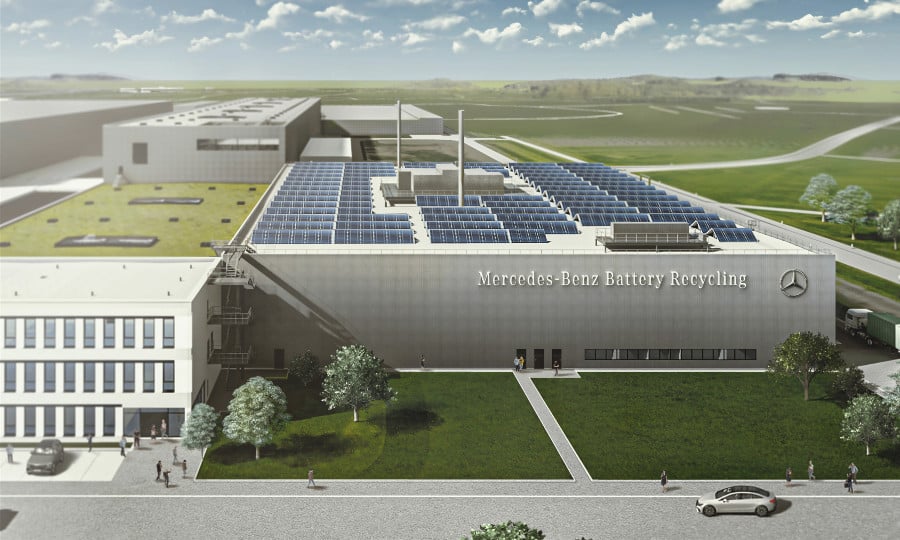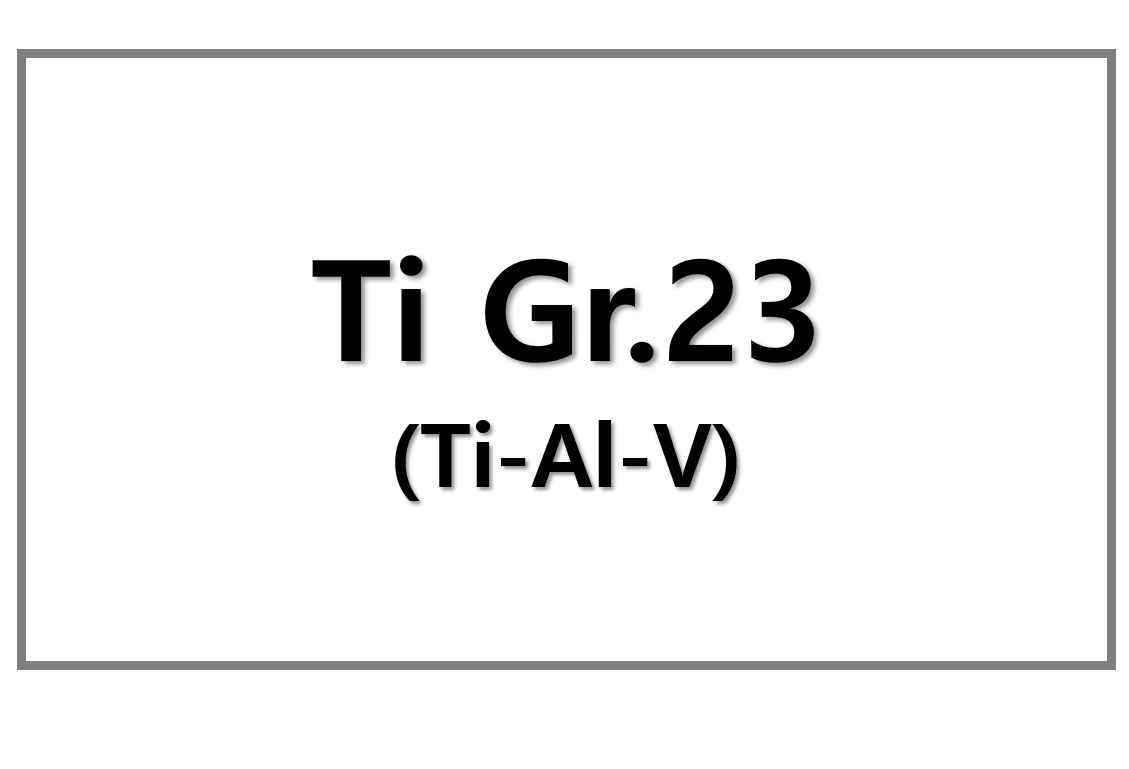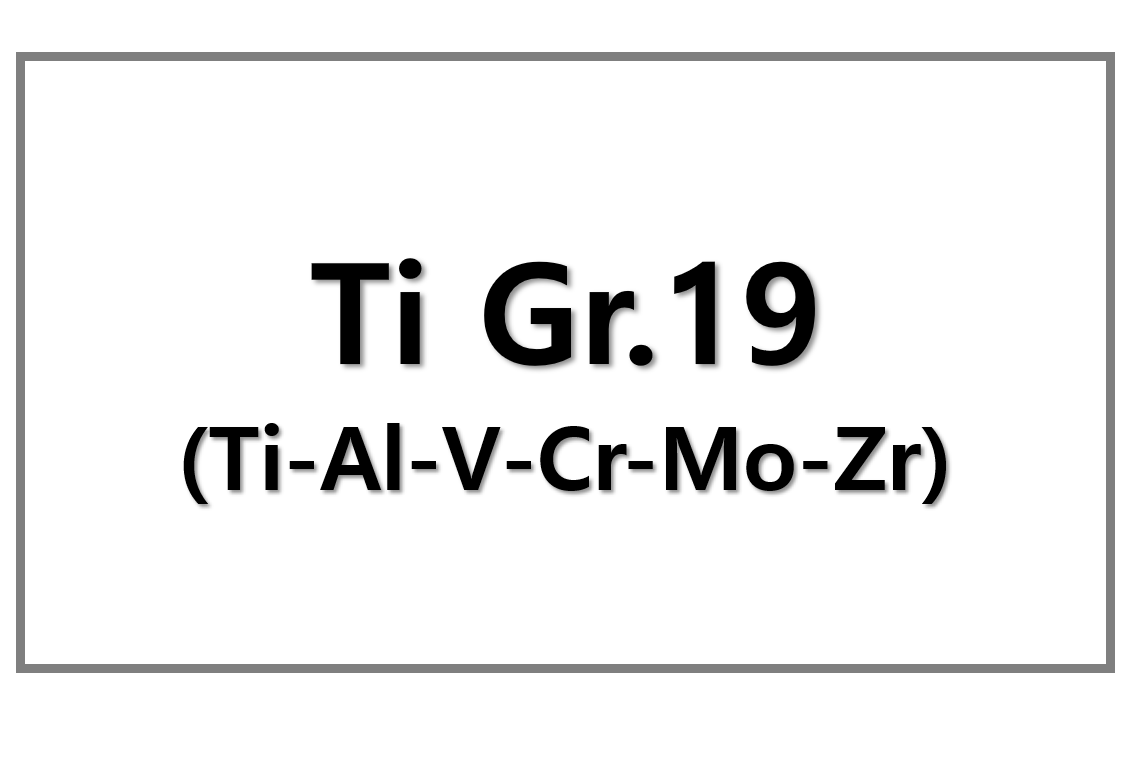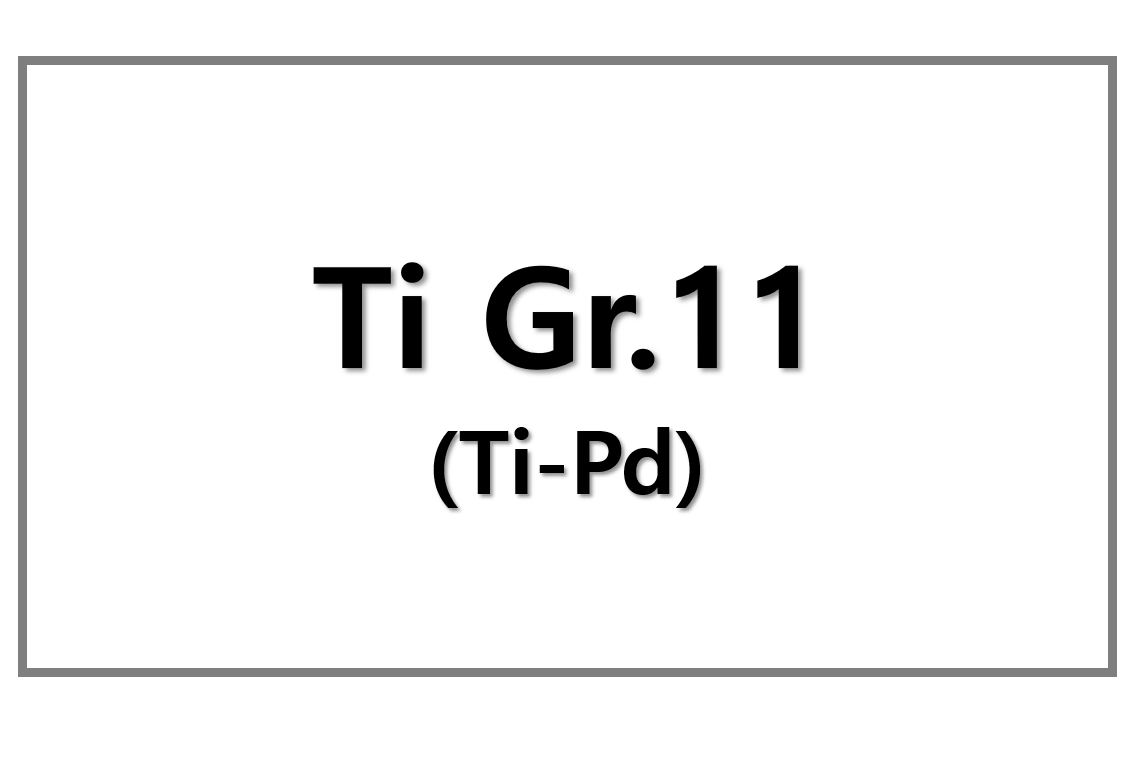
EU leaders recently met to discuss options for increasing defence spending across the bloc, addressing concerns about the region’s security and its ability to respond to both external threats and its commitment to Ukraine. The Commission estimates that the EU needs to invest €500 billion in the sector over the next decade to bolster its defence capabilities after years of under-investment.
Exploring National Investments and Flexibilities
During their discussions, EU leaders were cautious in considering bold solutions such as joint borrowing or pooling resources. Instead, they directed the European Commission to explore how member states could increase national investments in defence. This includes investigating the flexibility of the Stability and Growth Pact (SGP), which sets fiscal rules for member states, to accommodate higher defence spending. The SGP mandates that countries maintain a deficit under 3% of GDP and a debt ratio under 60% of GDP, but there are exemptions that could be applied in extraordinary circumstances, as seen during the COVID-19 pandemic.
The European Commission has also been tasked with exploring changes to the European Investment Bank (EIB) mandate, which could open doors for private European banks to increase their investment in the defence sector. Additionally, some EU countries have called for the simplification of EU procurement rules to enhance the European defence industrial base, particularly in areas like air and missile defence, military mobility, and strategic enablers.
Challenges and the Need for Innovation in Defence Financing
While the current budget for defence in the EU’s seven-year cycle is limited, with only about €10 billion earmarked for the sector, a significant financing gap remains. The EU is expected to need an additional €500 billion to strengthen its defence capabilities. With many European nations failing to meet NATO’s minimum defence spending target of 2% of GDP, the issue of financing becomes ever more pressing.
Leaders also discussed the importance of boosting the EU’s defence industrial capabilities by prioritizing joint procurement and improving interoperability among member states. However, the debate over whether the EU should prioritize buying military equipment within Europe, or continue partnerships with non-EU countries like the United States, remains a contentious issue. Despite these challenges, it is clear that innovative solutions will be needed to address the region’s pressing security concerns.











Leave a Reply
You must be logged in to post a comment.